The Dead Sea Scrolls (1947): Found in the Qumran Caves near the Dead Sea, these ancient manuscripts include some of the oldest known biblical texts, confirming the accuracy of the Old Testament and providing insight into Jewish practices and beliefs during the time of Jesus.
The Tel Dan Stele (1993): This inscription, discovered in northern Israel, mentions the “House of David,” providing evidence of King David’s existence and the historical basis for the Davidic dynasty described in the Bible.
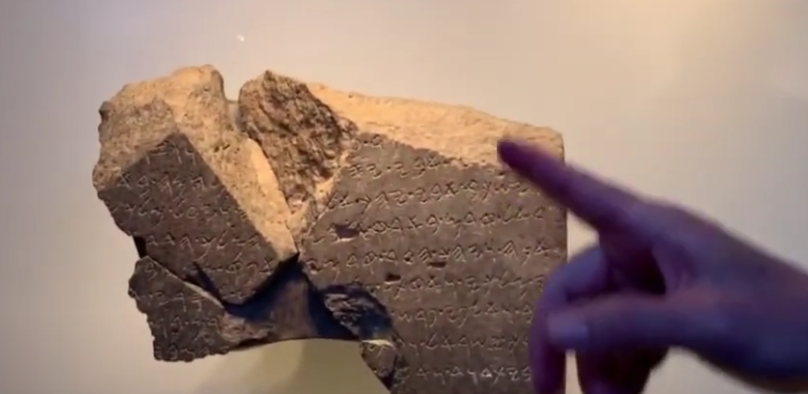
Getty Images
The Pool of Siloam (2004): Located in Jerusalem, this ancient pool was confirmed by archaeological digs as the site where Jesus performed a miracle in the New Testament (John 9:7). It validates the biblical account of Jesus healing a blind man.
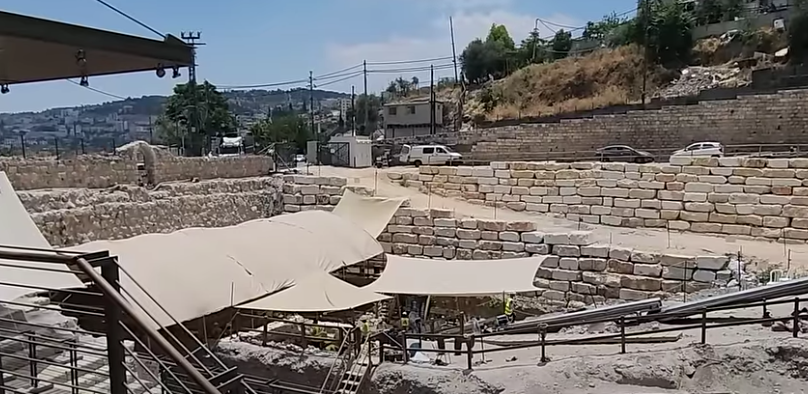
Getty Images
Hezekiah’s Tunnel (1838): An ancient tunnel carved under Jerusalem during the reign of King Hezekiah (8th century BC) to secure water supply in times of siege, as described in 2 Kings 20:20 and 2 Chronicles 32:30.
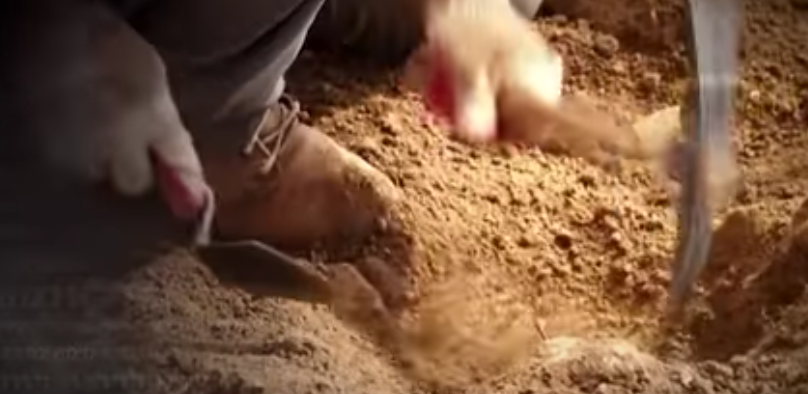
Getty Images
The Pilate Stone (1961): An inscription found in Caesarea Maritima mentions Pontius Pilate, the Roman governor who sentenced Jesus to crucifixion. This discovery confirms Pilate’s historical role and existence.
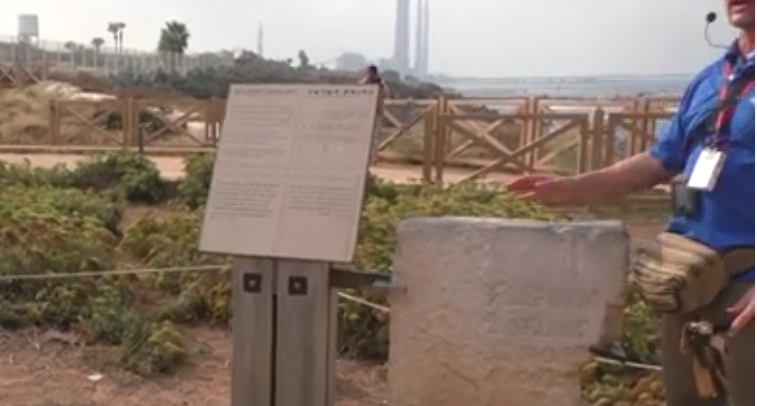
Getty Images
The Caiaphas Ossuary (1990): A limestone box (ossuary) found in Jerusalem bearing the name Caiaphas, the high priest mentioned in the New Testament as having a role in the trial of Jesus. It confirms the historical existence of Caiaphas.
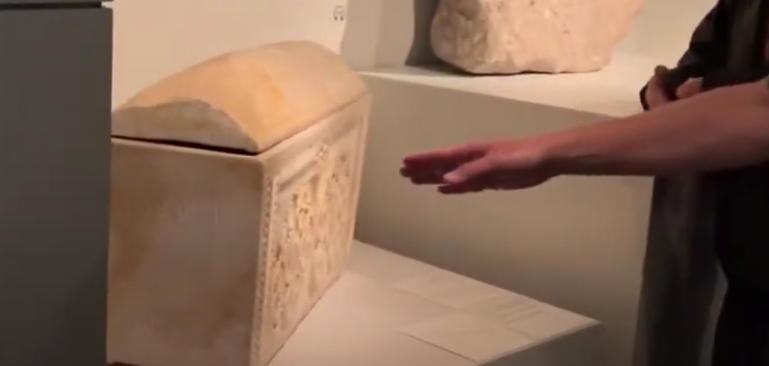
Getty Images
The Lachish Letters (1930): These ancient Hebrew inscriptions, found in the ruins of Lachish, describe events that align with the biblical account of the Babylonian siege of Jerusalem, corroborating aspects of the biblical narrative of the destruction of Judah.

Getty Images
